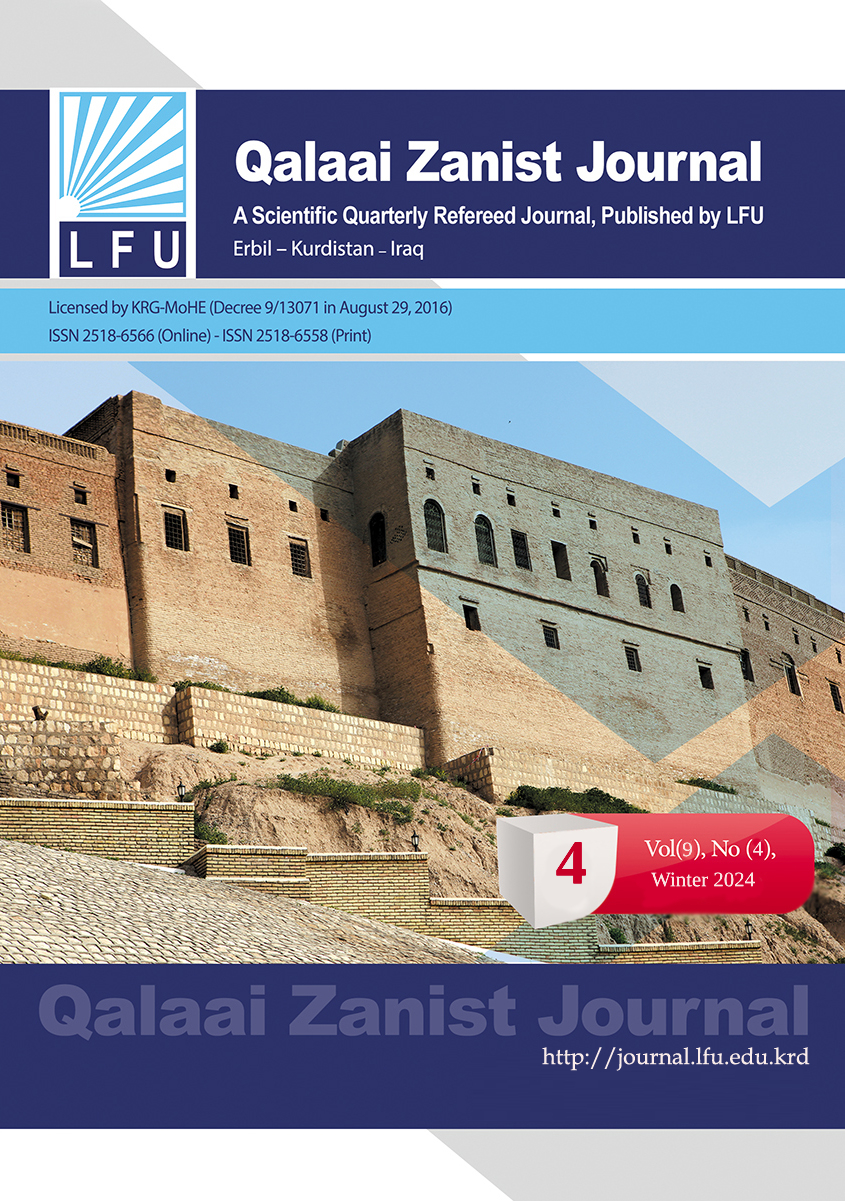The impact of green human resource management practices on employee performance An analytical study to obtain the opinions of a sample of human cadres in private universities in Erbil
##plugins.themes.bootstrap3.article.main##
Abstract
The study seeks to illustrate green human resource management techniques throughout its dimensions (green employment, green performance training and evaluation, green compensation and incentive systems) and their impact on employee performance in its sub-dimensions, which include effort, ability, and task. The study problem was encapsulated in several inquiries: to what extent are green human resource management practices implemented in private universities in Erbil from the perspective of their human resources? Additionally, what is the nature of the relationship and influence between green human resource management practices and employee performance? The researchers utilize descriptive analytical methodologies. The study delineates the primary and secondary variables, examining the interrelations and impacts among the research variables. The research population comprises human resources (academic staff, lecturers, employees) across all private universities in Erbil. A sample size of 150 was selected, resulting in the distribution of 150 questionnaires, of which 146 were retrieved, all deemed valid for analysis. The hypotheses were evaluated by statistical methods utilizing the software package SPSS V.25. The research concluded that correlation analysis demonstrated substantial direct correlations at both macro and micro levels between green human resource management and employee performance. Furthermore, the analysis indicators at both macro and micro levels indicate a substantial beneficial effect of the independent variable (green human resource management) on the dependent variable (performance management). The research put forth a series of recommendations, chief among them the necessity of urging institutions and universities to implement green compensation and incentive systems to foster a healthy work environment and motivate employees to attain institutional objectives. Additionally, it emphasizes the importance of providing training and development for employees in the examined universities regarding green human resource management, aimed at enhancing their awareness and capabilities in applying the principles of green management, thereby improving employee performance and augmenting the university's efficiency in sustainably utilizing its human resources.
Downloads
##plugins.themes.bootstrap3.article.details##
How to Cite
Copyright (c) 2024 Karkhi Khalid Sabah ، Ronyaz Hayyas Mahmood، Rebin Bilal Mohammed

This work is licensed under a Creative Commons Attribution 4.0 International License.

